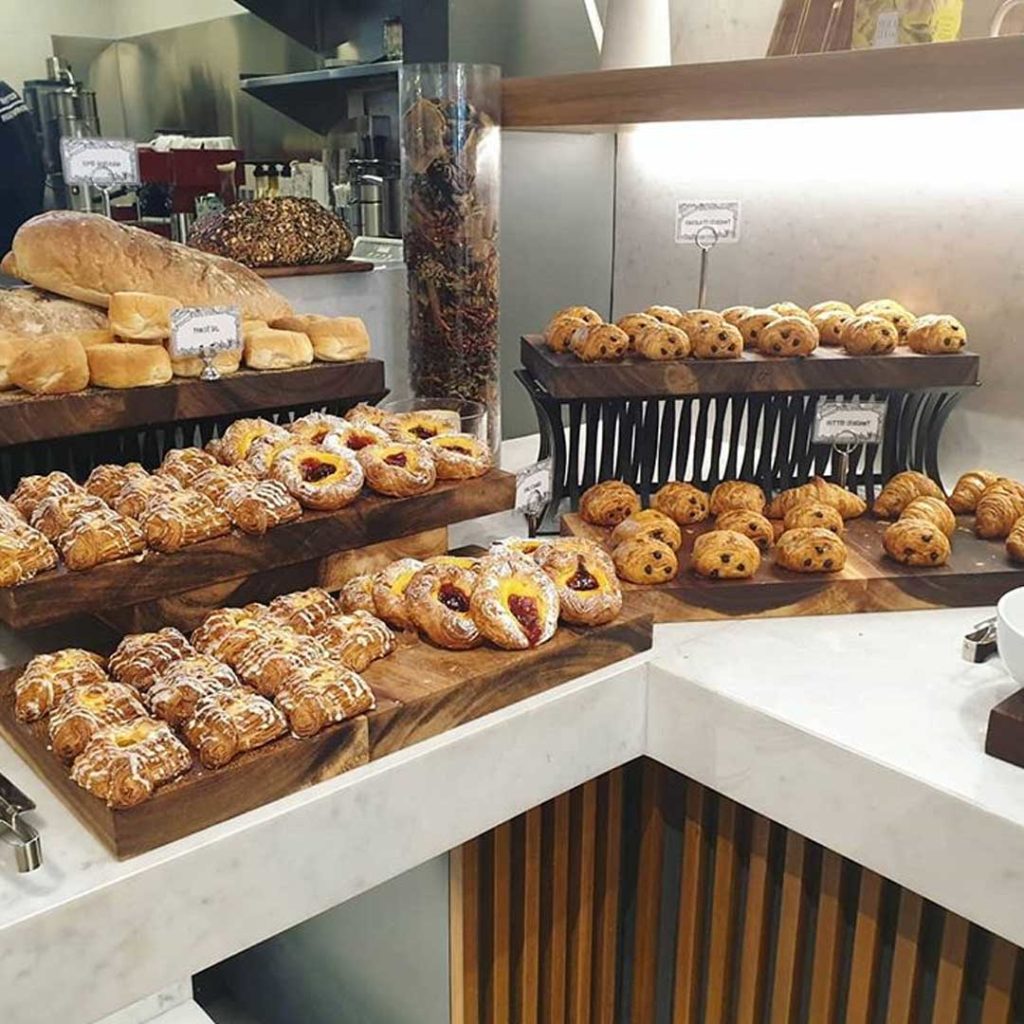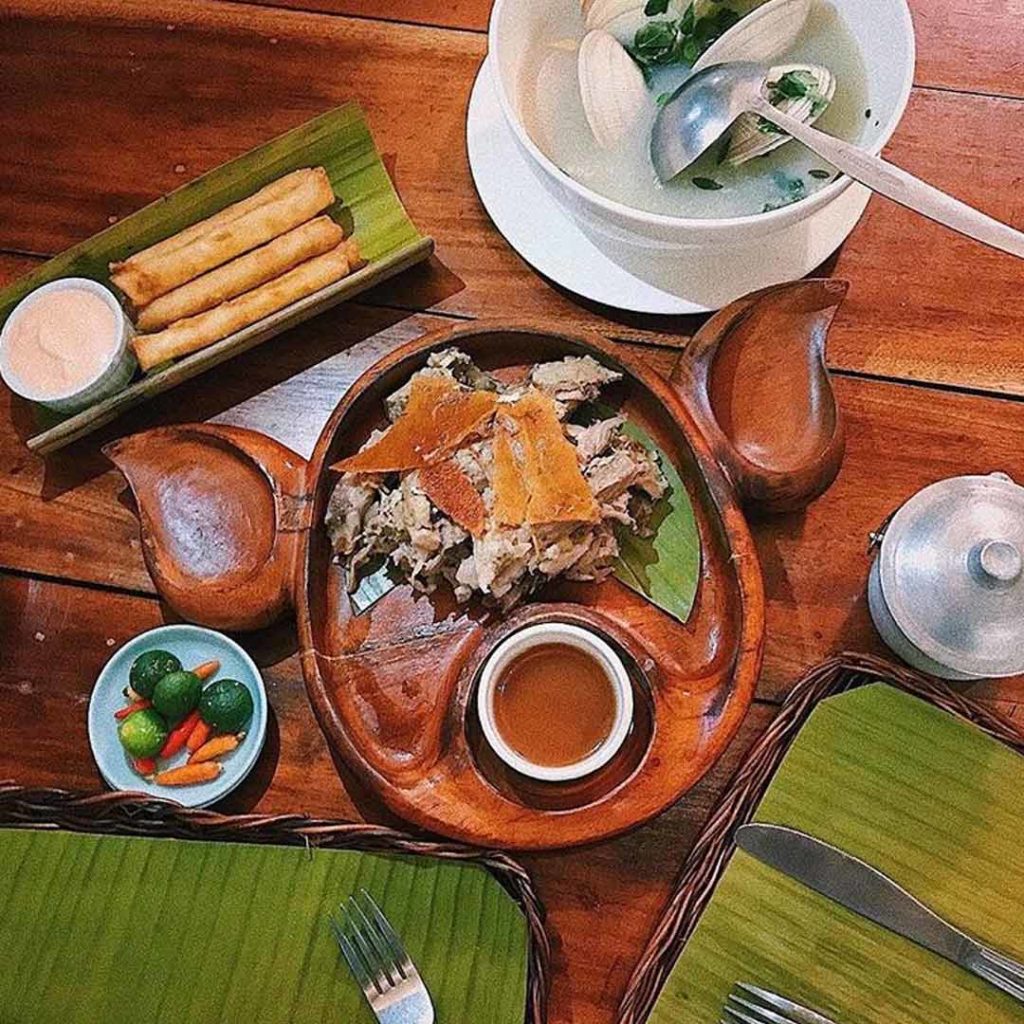It’s been quite a while since I’ve been to Cebu. The last few times I was there were for work—I stayed in my hotel, binged on breakfast buffets in the morning, and continuously burned the midnight oil for nights on end. The few times I afforded myself a break, I would walk to the closest dining locations near my office for a taste of Cebu. Oftentimes, I’d result in places that were no different from Manila’s choices, but on rare instances, I’d discover something authentic, something distinctly Cebu.
Some months ago, over a sumptuous feast at Rambla in Makati, The Ascott Group invited me for a preview of their latest development, Citadines Cebu City. The project promised an entirely new Cebu experience in luxury living. All 180 units had a fully-equipped kitchen and home entertainment system, ensuring an experience that feels close to home. With a prime location, the vision of vibrant living is achieved. Cebu, after all, is an island rich in culture, history, and the most delicious food and delicacies.
Lucky for me, I, together with a select group of media, was given the chance to stay in one of Citadines Cebu City’s serviced residences for a few nights, enjoying what the lively city has to offer.

(Photo by @cebulandmasters)

(Photo by @obcezzd)
A Warm Welcome
We arrived early in the morning at Cebu City, where we had breakfast at Abaca Baking Company, which was conveniently located on the ground floor of Citadines. Abaca is a well-loved Cebu brand that offers nothing but the freshest batch of pastries and baked goods. Breakfast and lunch were mostly served here, with the breakfast buffet laying out baskets of bread, fruits, homemade jams, and a salad bar, in addition to a fixed menu of around five dishes. On our first day, I had a plate of omurice.
Much of the morning was spent on checking in and unpacking. After settling in, I went to check out the facilities, which I always do when staying out of town. The ninth floor, where the spacious lobby is located, is well-designed, with Kenneth Cobonpue furniture and a splash of vibrant colors. This is also where the pool and fitness center is located. I wasn’t able to take a dip at the pool since I wasn’t able to bring swimwear, but I had gym clothes with me and was able to work out at their fitness center a couple of times in my three-day stay. For someone who usually travels for work, having a gym and pool are musts since finding time to work out is already difficult as it is—it has to be readily available where you’re staying. And with Cebu’s plethora of fantastic food, keeping in shape is extra challenging.
Lunch was then served in Abaca’s function room, where we had plates of Filipino food prepared by the house chef. In the afternoon, we were given a tour of the rooms. The luxury residences have four types of rooms: studio queen (30-40sqm.), studio type (34sqm.), one-bedroom (48-51sqm.), and 1-2 bedroom lofts (49-93sqm.). All units had safety and security features, 244-hour reception service, complimentary parking, and daily housekeeping service. After the tour, and some rest, we were ushered to the pool area to meet the wonderful staff who prepared our itinerary in the next two days. Over glasses of mojito and margaritas, I was able to talk to fellow guests who were just as excited to be here and the Citadines group who expressed their excitement for what they had to offer.
Dinner was held in a peak 45 minutes away from Citadines. Balay sa Busay, which literally means “house in Busay”, is a cozy house nestled on a hill overlooking the city. The restaurant serves Cebu’s fresh bounty of seafood—scallops, squid, and fish, as well as their specialty, lechon tinola. The unobstructed view was a magnificent show of city lights and with the superbly-cooked grilled food on the table, I gave in to a bottle (or two) of cold beer.
When we got home, a couple of macarons made from the kitchens of Abaca were placed in cute bicycles by our bedside—perfect midnight snacks. After finishing both, I plunged into the warm comforts of my cozy bed and dreamt of the next day’s activities.

(Photo by hiveminer.com)
History and Tradition
The next day was extremely busy. After breakfast, we were given a tour of Cebu. We went to visit the Cebu Heritage Monument, a huge metal sculpture by famous Philippine artist Eduardo Castrillo depicting well-known Cebuano historical events and figures. This is surrounded by three churches, all of which have historical value. A walk away from the monument is the Yap-San Diego Ancestral House which is a 16th-century residence with a vast collection of antiques. The architecture, which is a mish-mash of pre-colonial and colonial-era fixtures gives a glimpse of how life was centuries ago and the passage of years the residents went through. Intricate shellwork in bell jars and other decorative pieces portray a sense of medieval luxury. Religious iconography implies the strong influence of Roman Catholicism in the locale.
We also went to Magellan’s Cross which was supposedly planted by Ferdinand Magellan’s group of explorers upon arriving in Cebu. The original cross is encased inside the wooden cross made of tindalo wood. This had to be done as devotees would chip away bits and pieces of the original cross, believing these to have miraculous properties. A few steps away is the Basilica of the Sto. Niño, which is the oldest Roman Catholic church in the Philippines. In 1965, Pope Paul VI declared the basilica to be “the symbol of the birth and growth of Christianity in the Philippines”.
At Fort San Pedro, we were able to marvel at the rich history of what is the oldest triangular bastion fort in the country. Even amidst natural calamities, the fort has withstood the sands of time thanks to the local government efforts. From what used to be execution grounds, the place is now a lovely park and museum, where visitors can take leisurely walks along picturesque views of the city.
Of course, no trip to Cebu is complete without passing by the Liberty Shrine which houses the Lapu Lapu Shrine and the Magellan Shrine. The 20-meter bronze statue of the iconic hero is said to be placed on the exact location where he vanquished his Portuguese and Spanish conquerors. The Magellan Shrine, on the other hand, pays tribute not for his part in the Spanish occupancy of the country, but for the Portuguese explorer’s contribution in bringing Christianity to the country.
One last stop before the much-awaited lunch was the Alegre Guitar Factory. The home of the finest guitar artisans of Cebu, the factory houses a culture of guitar craftsmanship unlike any other. Handmade and built on exquisite traditions, each guitar is durable and of fine quality.

(Photo by @gracebobochen)
Festive Feast
I have always believed that going anywhere would be completely pointless if you’re not going to try the best of what they have to offer. Naturally, a taste Cebu Lechon was in the itinerary. I remember during my days in the IT Park, I got lost one afternoon exploring the vicinity. I was led to a restaurant called House of Lechon. As a Manileño, the only lechon restaurants I was familiar with were Rico’s and Zebuchon. Still, I went in and dug in. It was an experience I could never forget.
On our second day, we had lunch at House of Lechon. It was very difficult for me to hold back while everyone was taking photos. My mouth was watering from the mixture of food aromas in the room. I have particularly been eyeing the plate of spicy lechon for the longest time—I have missed you, my stomach said. Having eaten so much, I retired to my room for an afternoon nap and a quick workout after at the fitness center.
Around six in the evening, we rode the van to a posh restaurant in Cebu Business Park. British Michelin-starred chef Jason Atherton and his wife Irha created Pig and Palm in collaboration with Cebu-based property developers Chris and Carla McKowen. Head chef Jamie Doe met the group and welcomed everyone to their food concept, blending Cebu’s local traditions with world-class culinary techniques.
Later, we were driven to Maya, a Mexican restaurant on the first floor, and a tequila bar on the second. Over plates of nachos and glasses of margarita, we talked about how much we enjoyed our Cebu experience. The dia de los muertos theme is more pronounced when you reach the second floor where salsa dancers in costume willingly teach you how to dance.
Back to Manila
Countless bottles of tequila and glasses of gin and tonic were consumed that night and by the time I prepared myself for bed, another batch of baked goods were waiting for me by my bedside table. Two decadent chocolate chip cookies and a cold glass of milk from Abaca invited me for one last bite of Cebu before my flight back home the next day. It was the sweet ending to a homecoming of sorts and upon sleeping, I found myself dreaming of what else I would do when I return.





